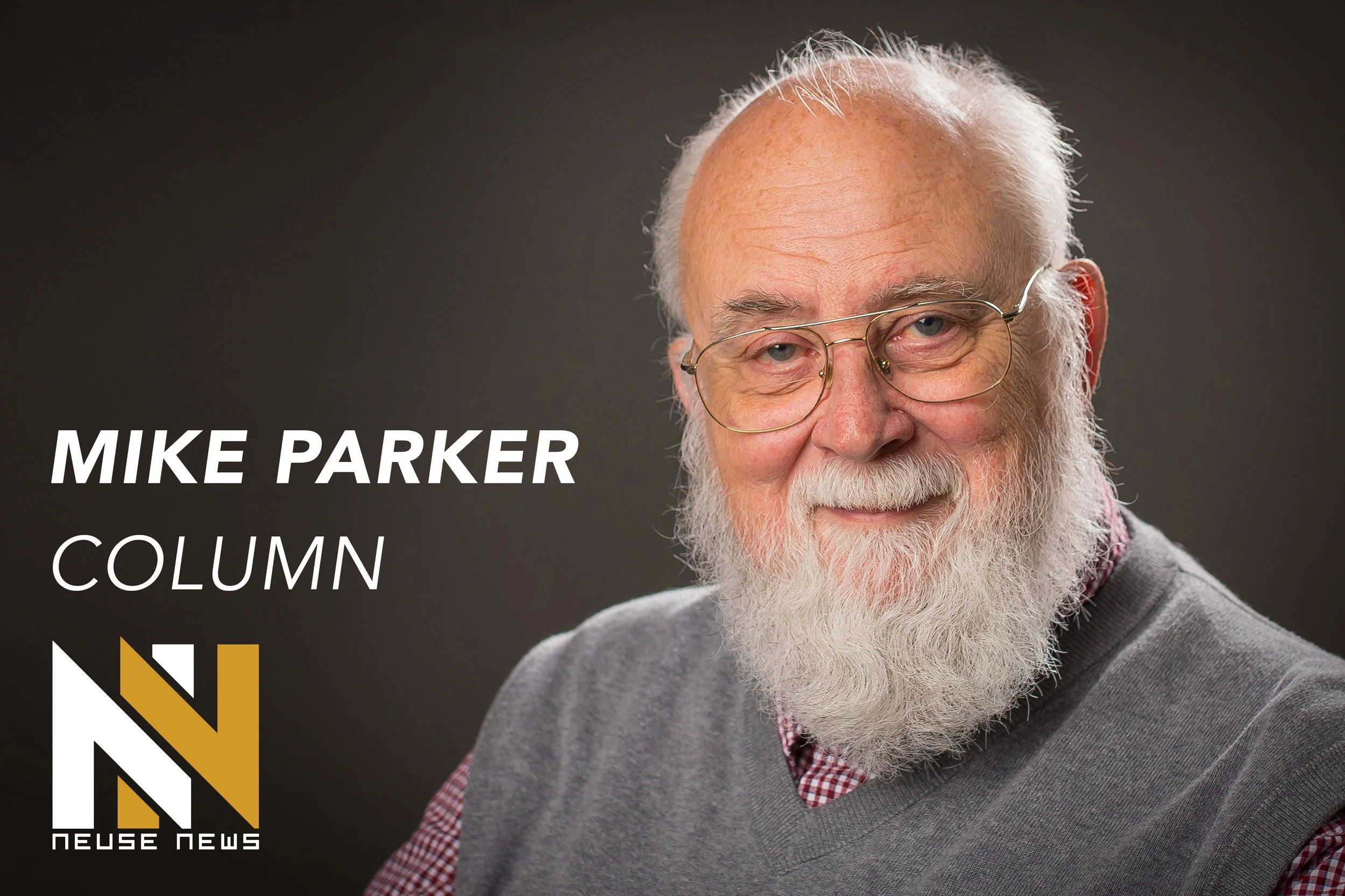Mike Parker: Redistricting: We need to find a better way
Redistricting maps for state legislative and U.S. House members also create a host of lawsuits. As of March 31, opponents have filed 67 cases challenging districts drawn from the 2020 census. These lawsuits claim either racial or political gerrymandering. This year is not the first time lawsuits have challenged new maps. This year will certainly not be the last.
The United States Constitution provides only the most general guidelines for apportioning representation in the U.S. House. Through the years, the U.S. Supreme Court has made several rulings to clarify the requirements for creating fair and equitable districts.
In a 1964 ruling, Wesberry v. Sanders, the Supreme Court interpreted Article I, Section 2 of the U.S. Constitution, which provides that Representatives be chosen “by the People of the several States” so that “as nearly as is practicable[,] one man’s vote in a congressional election is to be worth as much as another’s.” This requirement is sometimes called the “equality standard” and established the principle of one person, one vote.
Of course, drawing Congressional districts with equal numbers is an impossible task, so the Court included the language “as nearly as is practicable.” Each U.S. House member – and each state senator and legislator – should represent, as closely as possible, the same number of citizens.
Another requirement the Court imposed addressed the provisions of the Voting Rights Act. For instance, in the Court’s landmark 1986 decision, Thornburg v. Gingles, the Supreme Court established a three-pronged test for proving vote dilution under Section 2 of the Voting Rights Act.
Under this test:
(1) The minority group must be able to demonstrate that it is sufficiently large and geographically compact to constitute a majority in a single-member district;
(2) The minority group must be able to show that it is politically cohesive; and
(3) The minority group must demonstrate that the majority group votes sufficiently as a bloc to defeat the minority group’s preferred candidates.
On the issue of partisan gerrymandering, in 2019, the Supreme Court determined that claims of unconstitutional partisan gerrymandering are not subject to federal court review. Partisan gerrymandering is “the drawing of legislative district lines to subordinate adherents of one political party and entrench a rival party in power.”
In Rucho v. Common Cause, the Court ruled that claims of unconstitutional partisan gerrymandering are not subject to federal court review because they present “non-justiciable political questions.” The Court viewed the Elections Clause of the Constitution as solely assigning disputes about partisan gerrymandering to the state legislatures, subject to a check by Congress.
Therefore, when one party believes the new maps help one party over the other, those maps face attack not based on claims of partisanship but on allegations of the violation of the one person, one vote principle – or a violation of the three-pronged test prescribed by the Supreme Court.
So what could be a solution? How about appointing a citizens’ panel to draw the maps? I would like to see a 10-member committee composed of Democrats, Republicans, and unaffiliated voters. A possible combination would include three Democrats, three Republicans, and four unaffiliated voters and demonstrate ethnic balance. The unaffiliated voters should hold the advantage.
Panel members would have these responsibilities.
First: make sure to preserve the one person, one vote principle.
Second: make sure the maps meet the three-pronged test to comply with the Voting Rights Acts.
Third: as much as practicable, avoid dividing counties.
North Carolina picked up another U.S. House seat based on the 2020 census. With a population of 10,453,948, each of the 15 U.S. House members should, as closely as possible, represent 696,930 citizens.
This year the March 8 primary had to be moved to May 22 because of challenges to the maps. Perhaps by turning this process over to a citizen panel, we could depoliticize redistricting, save money on legal fees, and minimize uncertainties within the voting timetable.
Mike Parker is a columnist for the Neuse News. You can reach him at mparker16@gmail.com.




